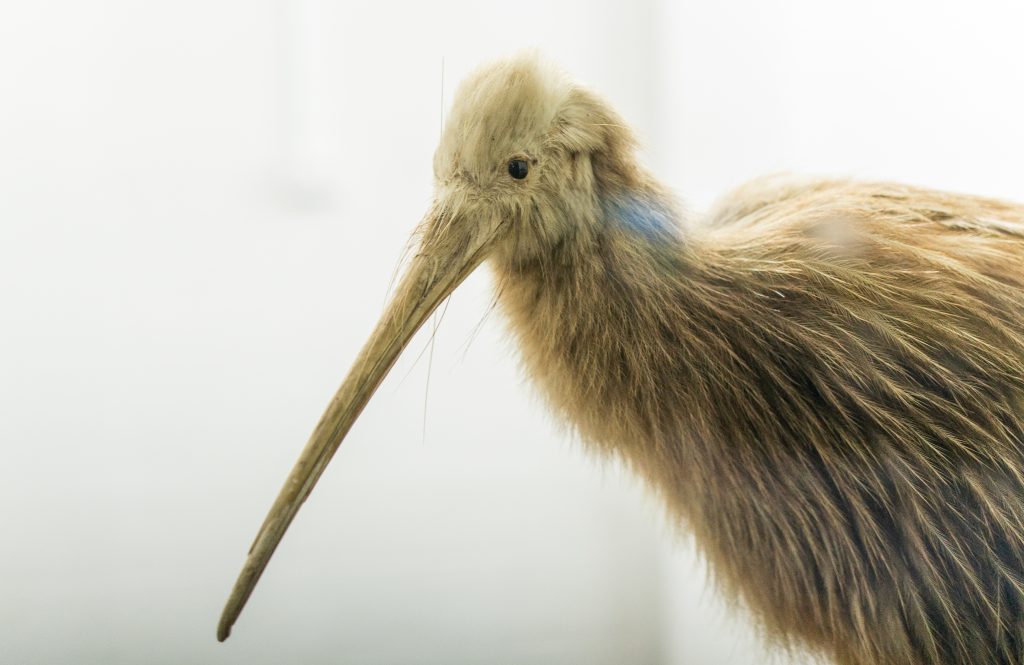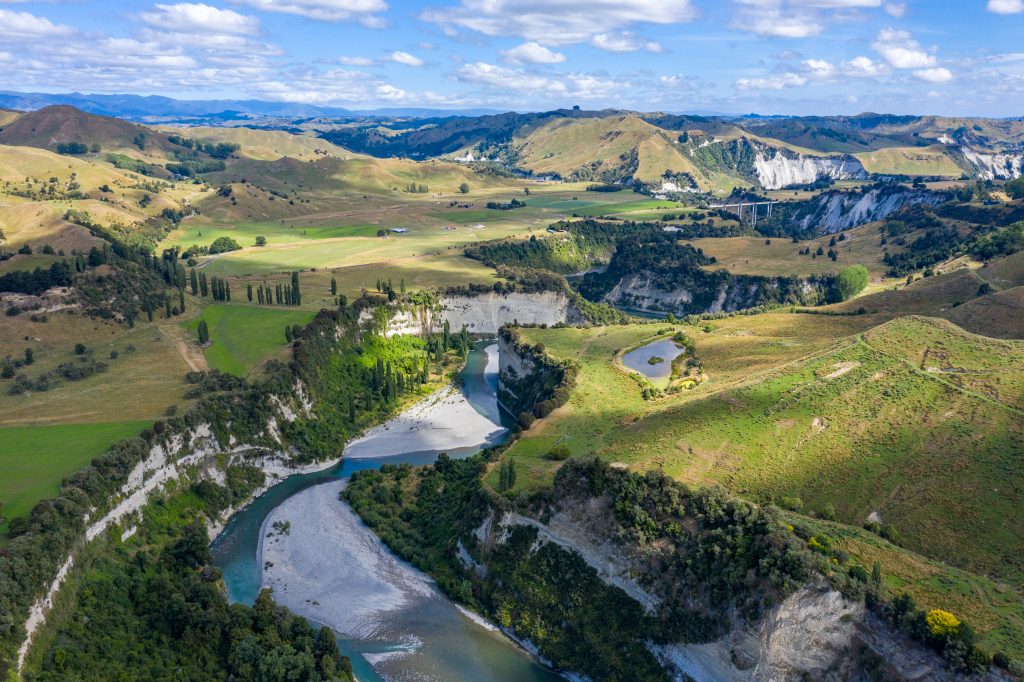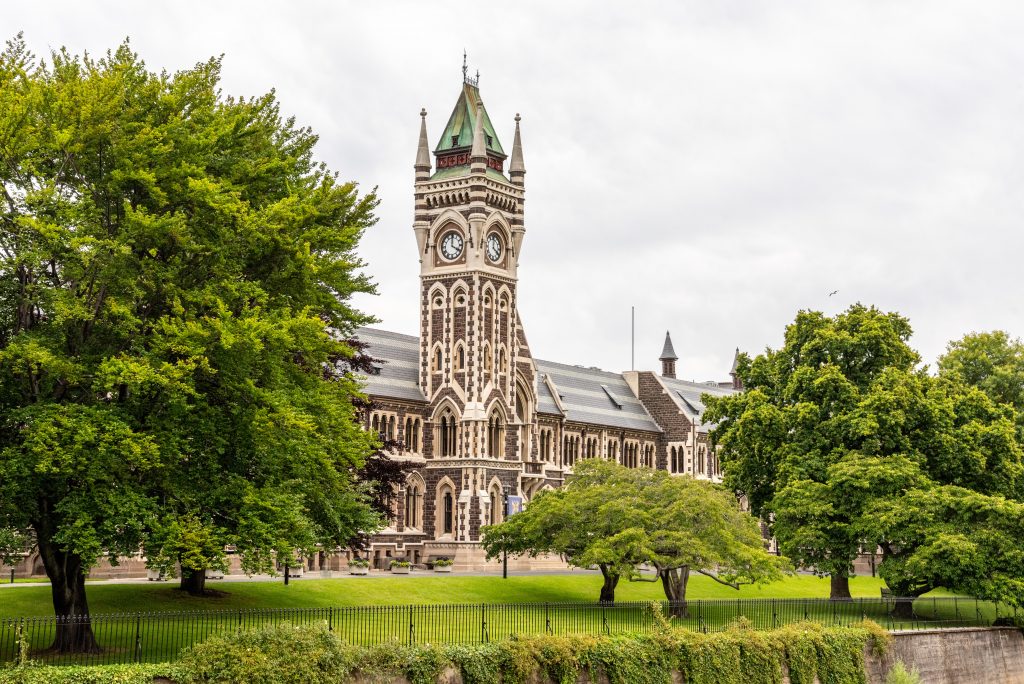New Zealand is famous for its natural beauty. A country blessed with expansive mountains and stunning scenery, its natural wonders possess an otherworldliness. New Zealand’s stunning scenery has made it a lucrative location for many Hollywood films, including The Hobbit trilogy, the mega-famous Lord of the Rings trilogy, and The Last Samurai. It is also home to the ancient Māori people.
New Zealand also has a rich culture and history. In the late 1830s, British immigrants settled in New Zealand, with Britain formally annexing the land in 1840. In that same year, a treaty between British representatives and 500 Māori chiefs was signed. It was termed the Treaty of Waitangi and entailed a declaration of British sovereignty over New Zealand by Lieutenant-Governor William Hobson. Elements of the treaty have endured throughout the centuries. For example, the treaty protects Māori rangatiratanga or “sovereignty founded in tikanga (customary law) and protection of lands.” Although Māori culture, at present, is not as dominant as it was prior to colonization, the Treaty of Waitangi has successfully preserved aspects of this intricate culture for future generations.

Although New Zealand is well known for all of the above, it also possesses a characteristic that is not discussed enough—an innovative education system. New Zealand’s education system is unique as it has two separate tracks within the National Curriculum. The first is the revised national curriculum, which is the mainstream curriculum used by most schools. The second is an indigenous curriculum—Te Marautanga o Aotearoa—which focuses specifically on aiding Māori children. The purpose of the specialized Maori curriculum is to encourage and ensure the prosperity of the indigenous people of New Zealand.
The previous National Curriculum was implemented in 1992 and focused mostly on outcomes. By the late 1990s, the population of New Zealand had become more diverse and required an updated curriculum to match the pace of growth within the country. A review of the curriculum, which took place between 2000 and 2002, resulted in the cabinet’s agreement to revise it. The revision of the National Curriculum led to an extraordinary system with two separate tracks within it.
Within these two separate curriculum tracks, the education system has three levels: early childhood, primary and secondary schooling, and university. Although the two statements are different in their approaches, they succeed in uniting students of different ethnicities to develop the competencies required for work and life. The statements are neither excessively strict nor arduous, which would otherwise discourage students from expressing their perspectives. The statements are designed to help students reach their potential.
The National Curriculum was designed to help children become more creative and energetic in their objectives. An aspect of learning languages was added to the curriculum as the population has become diverse, with multiple languages being spoken. The National Curriculum intends to help young students become confident in their own identity. The Māori statement intends to help indigenous people excel while valuing their identities. It also encourages students to connect with others and contribute to the well-being of New Zealand’s economy, society, and culture.
The National Curriculum recognizes the importance of the Treaty of Waitangi and allows every student to gain knowledge of Māori culture. The Curriculum is inclusive and aims to be non-discriminatory in its educational methods. The Curriculum also encourages and inspires students to learn how each person learns best, which helps them gain a sense of autonomy over their learning journey.

A school that captures the concept of the National Curriculum well is OneSchool Global, which has 17 campuses across New Zealand with more than 150 staff members and 1,500 students. The school encourages students to learn by helping them develop a love for lifelong learning and challenge archaic concepts of education. In this system, students and teachers work alongside one another to complete assignments. Teachers are present to help students understand, rather than they themselves being the focus of the class. Additionally, Green School New Zealand, a school that is primarily focused on community and the entrepreneurial way of learning, opened in 2020. The school helps students realize the importance of the environment and to lead the way in sustainability.
Schools in New Zealand are no longer wholly focused on test results. Under the revised curriculum, schools in New Zealand concentrate on having values and encouraging students to realize and work towards their potential. The new curriculum also encourages students to work hard and be diligent, yet with an approach that differs from the previous decades-old one.
At present, teachers work with students to constantly cultivate the latter’s personal interests and objectives. Instead of telling students what they should be interested in, schools now inspire them to follow their own passions. New Zealand is innovative in its education because it focuses on the well-being and development of students instead of simply forcing them to achieve high test scores.
New Zealand’s universities are also very well-respected and highly ranked in the world. The University of Auckland, located in the center of Auckland City, is New Zealand’s largest university, with nearly 10,000 graduates annually. The school was established in 1883 and remains one of the most prestigious in New Zealand. The university is now ranked in the top 100 universities in the world and has degree programs ranked in the top 50 subject rankings of 2019. The university has a very dedicated staff who work tirelessly to help students find accommodation, academic and emotional support, and guidance in their everyday lives. The University of Auckland has established itself internationally by engaging in multiple partnerships with countries worldwide.
The University of Canterbury, located in the beautiful city of Christchurch, is another highly-ranked university in New Zealand. It has a fantastic campus that has won multiple design awards for its gothic architecture. This style of architecture is captured beautifully in College House, a massive student dormitory housing 160 students. The dormitory was designed by Miles Warren, who employed his personal brand of modernism. The university was founded by scholars from Cambridge and Oxford in 1873 and possesses an international reputation for excellence in higher education and support for students. The University of Canterbury encourages its student body to express their thoughts and utilize critical thinking.
The University of Otago, located in Dunedin, is another beautiful university with unique architecture and is the oldest university in New Zealand. The university follows the general trend amongst higher institutions and promotes analytical skills and independent judgment amongst its students, a trend prevalent across New Zealand universities.

New Zealand’s universities place much importance on their students, with an abundance of staff members present to help them with organization, accommodation, and academic scheduling. These universities do not attempt to persuade students to think a certain way but rather prefer to offer students knowledge and encourage independence of thought and speech. Students in New Zealand are encouraged to ponder future-focused issues such as sustainability and globalization, which motivates them to consider the future and the world on a larger scale. Doing such helps students take a step back and think of how the world will progress and develop over time.
New Zealand is a beautiful country to study in, with massive universities, which are absolutely stunning. There is a very high quality of life amongst its citizens, and the culture of higher education encourages students to identify their own beliefs. Assisting students by offering emotional and academic support is also prevalent in the culture. New Zealand’s universities are innovative and offer a high quality of student life with diverse cultures and campuses.
*This article was originally written and published in 2019 for the Zealousness issue #14. A new revision in preparation for the blog publication was performed in 2023.
References:
- “The New Zealand Curriculum / Kia Ora – NZ Curriculum Online.” 2018. Tki.org.nz. 2018. http://nzcurriculum.tki.org.nz/The-New-Zealand-Curriculum.
- “Top Universities in New Zealand 2018.” n.d. Top Universities. Accessed December 28, 2023. https://www.topuniversities.com/university-rankings-articles/world-university-rankings/top-universities-new-zealand-2018.
- Otago, University of. n.d. “Why Otago?” Www.otago.ac.nz. https://www.otago.ac.nz/why-otago/.
- “Global Partnerships – the University of Auckland.” n.d. Www.auckland.ac.nz. Accessed December 28, 2023. https://www.auckland.ac.nz/en/about-us/about-the-university/the-university/our-global-engagement/global-partnerships.html.
- “Campus Locations – the University of Auckland.” n.d. Www.auckland.ac.nz. https://www.auckland.ac.nz/en/on-campus/our-campuses/campus-locations.html.
- “Best Universities in New Zealand 2024.” 2023. Student. September 29, 2023. https://www.timeshighereducation.com/student/best-universities/best-universities-new-zealand#survey-answer.
- “British Colonists Reach New Zealand.” n.d. HISTORY. Accessed December 28, 2023. https://www.history.com/this-day-in-history/british-colonists-reach-new-zealand#targetText=Whalers%2C%20missionaries%2C%20and%20traders%20followed.
- Ministry for culture and Heritage. 2017. “The Treaty in Brief.” New Zealand History. May 17, 2017. https://nzhistory.govt.nz/politics/treaty/the-treaty-in-brief.
- “Innovative Education Consultants – Home.” n.d. Innovative Education Consultants. Accessed December 28, 2023. https://www.innovativeeducation.co.nz/.
- “Leading Innovative Learning in New Zealand Schools | Education Review Office.” n.d. Ero.govt.nz. Accessed December 28, 2023. https://www.ero.govt.nz/publications/leading-innovative-learning-in-new-zealand-schools-april-2018/.
- “Education System in New Zealand | IDP Global.” n.d. Www.idp.com. https://www.idp.com/global/study-in-new-zealand/education-system/.
- “The New Zealand Curriculum / Kia Ora – NZ Curriculum Online.” n.d. Nzcurriculum.tki.org.nz. http://nzcurriculum.tki.org.nz/The-New-Zealand-Curriculum#collapsible5.
- Mana, Te, and Waitangi. 2011. “4. Human Rights and the Treaty of Waitangi ” Treaties Are the Basis for a Strengthened Partnership between Indigenous People and the State. ” Treaties Are the Basis for a Strengthened Partnership between Indigenous People and the State.” https://www.hrc.co.nz/files/2414/2388/0497/HRNZ_10_Human_RIghts_and_the_Treaty_of_Waitangi.pdf.
- “College House.” n.d. Warren & Mahoney. Accessed December 28, 2023. https://warrenandmahoney.com/portfolio/college-house.
- Matthews, Phillip. 2018. “‘Cunning, Deceitful Savages’: 200 Years of Māori Bad Press.” Stuff. June 2, 2018. https://www.stuff.co.nz/life-style/103871652/cunning-deceitful-savages-200-years-of-mori-bad-press.
- “Green School New Zealand.” n.d. Favour the Brave. Accessed December 28, 2023. https://favourthebrave.nz/work/green-school-new-zealand/#:~:text=Green%20School%20New%20Zealand%20.























